2021 Harvest Projections
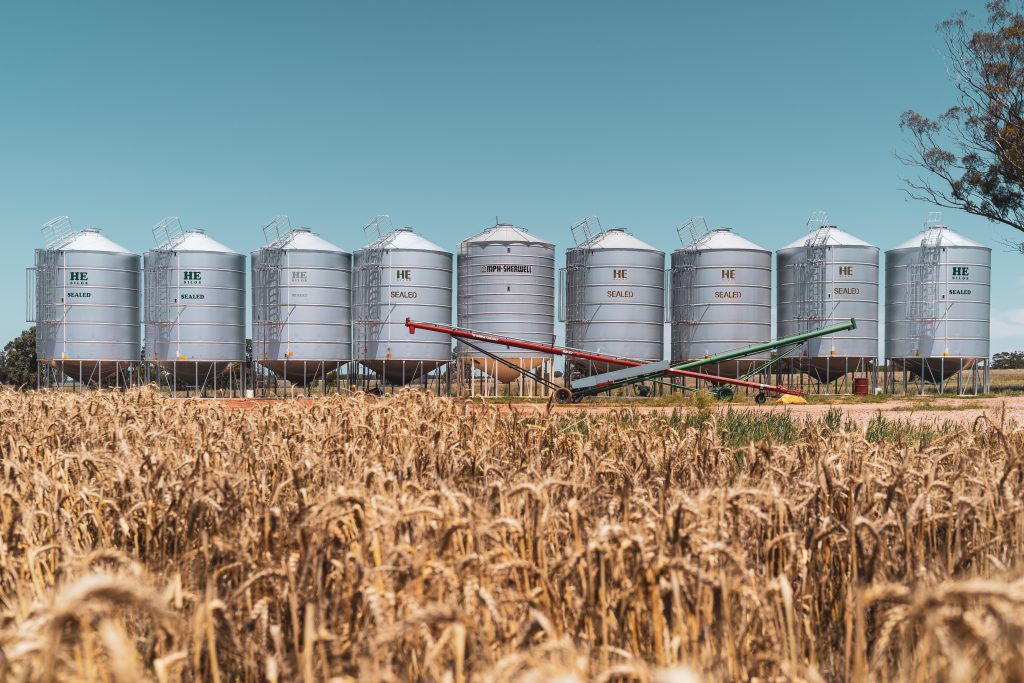
What a year 2021 has been so far. Coming off the back of the incredible 2020 season, most of the state was blessed with plenty of residual soil moisture and autumn rain which showed early promise for the season. The Australia Bureau of Agricultural and Resource Economics and Sciences (ABARES) predict the NSW winter crop production will fall to 16.1million tonnes, which is 15% less than the 2020 season, but still well above the 10-year average. As a country, a 2% fall in in yield is expected, with 54.8million tonnes anticipated. This total is still 32% above the 10-year average.
Canola
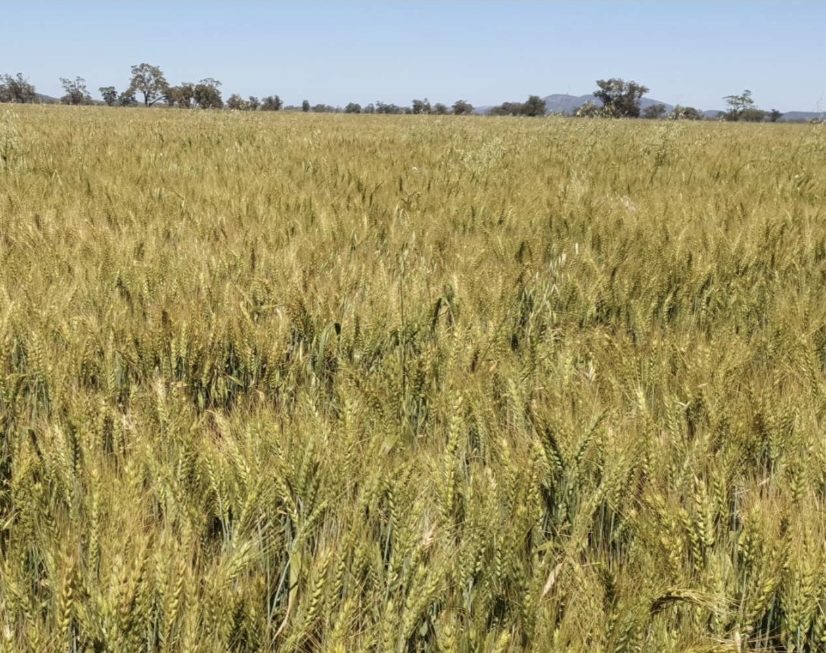
In NSW, production is predicted to be just under 1.4 million tonnes for the 21-22 season, which is largely unchanged from the previous year however still 44% above the 10-year average. Yield is expected to fall to 1.7 tonnes/ha, 25% above the 10-year-average. A 29% increase in land planted to canola is anticipated (800,000ha) which is a reflection on the early season rainfall and the expectation for a high return.
Australia wide, canola production is expected to increase by 11%, which will break records at over 5 million tonnes. There is a reported 24% increase of area planted across the country, just over 3 million hectares, prompted by fantastic planting conditions as well as booming international prices.
Wheat
NSW production is forecast to sit around 11.1 million tonnes for the 2021-22 season, which is a 15% drop in 2020’s record highs, however, still 65% above the 10-year average. Yield is anticipated to fall to 3.0t/ha, 46% above the 10-year average. Area planted to wheat is expected to have a 3% decrease (3.7million hectares) which reflects the seasons’ shift into canola and pulses. Regardless of the decline in area planted, it still sits 19% above the 10-year average.
Nationally, wheat production is expected to decease by 2%, to 32.6 million tonnes. Yield is predicted to fall by 3%. Total area planted however, to increase marginally.
Barley
Barley production in NSW is forecast to sit at 2.7 million tonnes, 18% lower than last years record high but still 49% above the 10-year average. Yield is anticipated to see a 13% drop on the 2020 season at 2.95t/ha, which is 39% above the 10-year average. Area planted has fallen by 5% (900,000 hectares) which is still 10% above the 10-year average.
Australia’s total barley forecast is predicted to fall by 5% to 12.5 million tonnes. The average yield is forecast to fall by 3% and area planted is expected to drop by 2%.
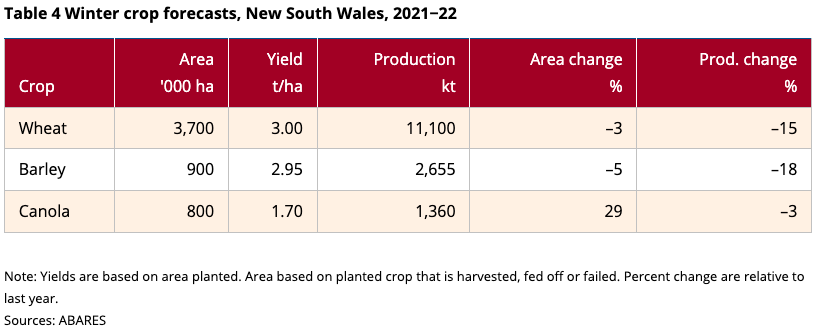
With great rainfall for two consecutive years in most areas, it comes as no surprise that flooding has been a factor for many. Speaking to some local broadacre farmers, the crop losses have varied from 10 hectares all the way up to 200 hectares. Unfortunately, that is just the way it is with cropping country though. Flood plains close to rivers and catchments will always pose a risk.
Large parts of Queensland have seen an above average yield; however, the success is said to be very patchy. Some areas have reported wheat yields of up to five t/ha, while properties not far away are only seeing one t/ha.
GrainCorp announced their first receival report on October 25th 2021, with a total of 857,400 tonnes from their Queensland and Northern NSW sites.
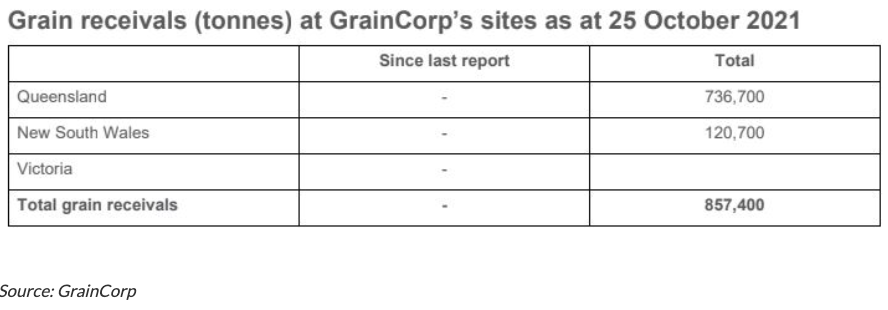
New South Wales is experiencing an unusually long winter cropping season. A recent trip to Hillston came quite to my surprise as large areas were yet to be harvested, which is very uncommon for late October. A cooler than average start to Spring has pushed back harvest for many by up to a month. Grain development is incredibly sensitive to temperature, affecting grain weight, the source of carbohydrate and the quality of protein. When wheat is in the flowering and milk stage for extended periods of time, the plant begins to drain its source of carbohydrates, which can have a detrimental effect when it comes to grading.
Finding harvest workers is once again proving difficult across the country. While improvements can be seen, COVID-19 continues to restrict backpackers, which form a large part of the casual agriculture workforce. With a late harvest, many farmers will need to be planting summer crops, like cotton, at the same time as they strip (or bale) their winter crops. No one man can use two pieces of machinery at once, creating further employment issues.
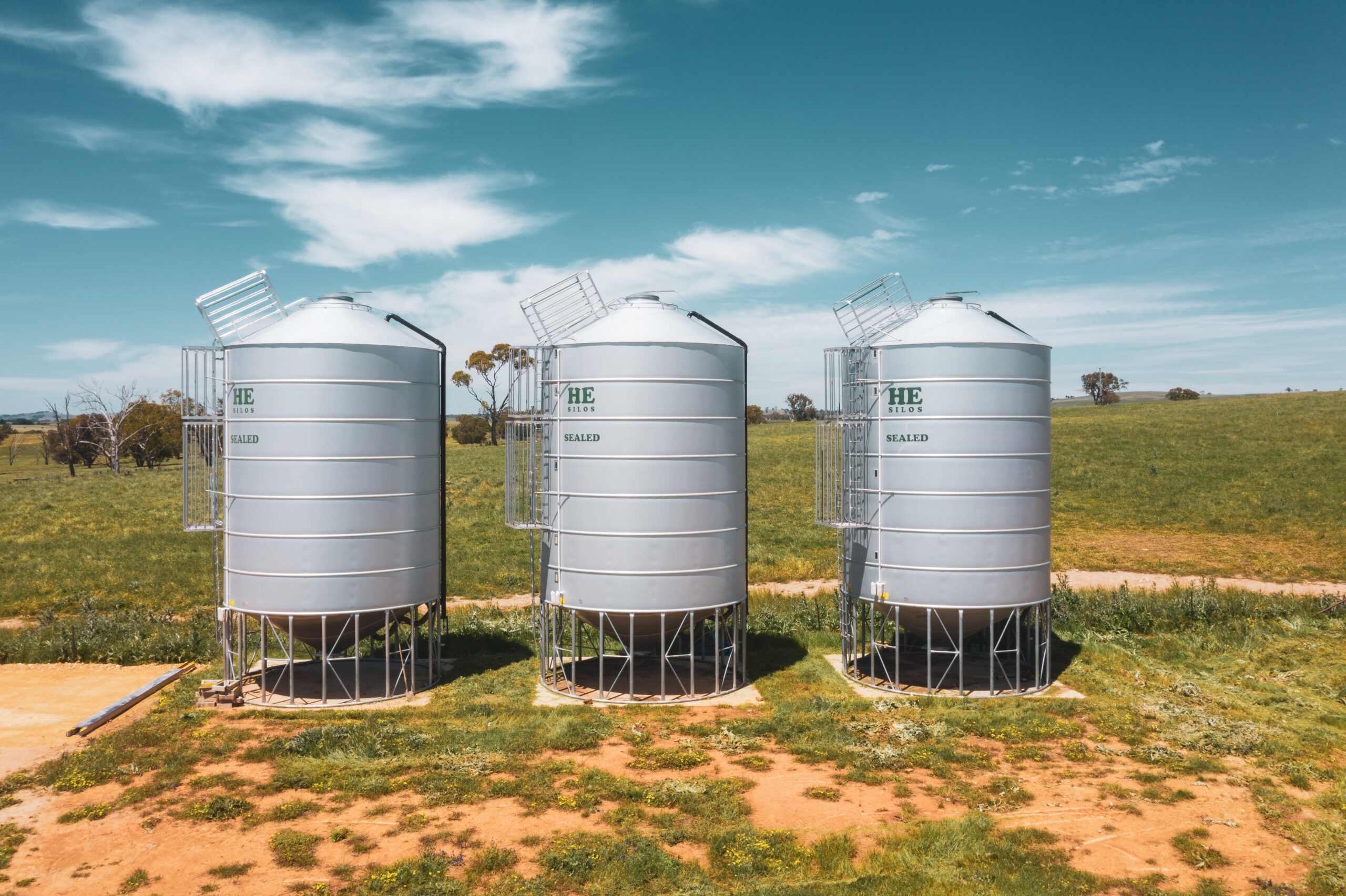
Full grain storages pose yet another problem. The bumper season of 2020/21 smashed receival records across the country. Storages were so full that bags can still be seen full to the brim across NSW. This has the potential to limit grain intake, regardless of GrainCorp’s million tonne expansion ahead of harvest.
During the 2020 harvest, some unforgettable images were shared of grain trucks lining up for hundreds of metres, waiting to deliver their grain to the Coonamble storage site. The GrainCorp site at Nevertire even had to close for a day as they’d reached their maximum intake. One single day saw 360,000 tonnes of grain delivered to their sites across the country, the biggest day on record. Simply put, people couldn’t get their grain delivered fast enough to keep up with the headers.
Years like 2020 and 2021 really put a light on how important on-farm storage can be. Having storage readily available allows for greater control and planning over harvest, less time in silo queues and capitalising on higher grain prices. Having on-farm storage allows people better management over their own product. In 2020, many trucks had to drive 100’s of kilometres to find available grain storage facilities, creating an unexpected cost. Those who are able to negate this problem will always come out on top. Technology is improving, chemicals are improving, average yields are improving, don’t let lack of storage hold you back from reaping the benefits of a brilliant season.
As a whole, predictions for the 2021 harvest look promising. Lower than last year, which is to be expected, but still well above the national average. It has certainly been an interesting season with mice, floods, and a cool Spring however, the outlook is seemingly positive.
Let’s wait and see how the Central and Northern NSW harvest progresses! You can expect a harvest review from me in early 2022.
Signing out, Steve the Silologist™

RESOURCES
Crop forecast img and info: https://www.awe.gov.au/abares/research-topics/agricultural-outlook/australian-crop-report/overview
2020 info- https://www.graincorp.com.au/wp-content/uploads/2021/02/2020-Annual-Report.pdf
2021 GrainCorp update table and info- https://www.graincorp.com.au/harvest-update-25-10-21/
Wheat Image- Supplied, Lucy Cole

